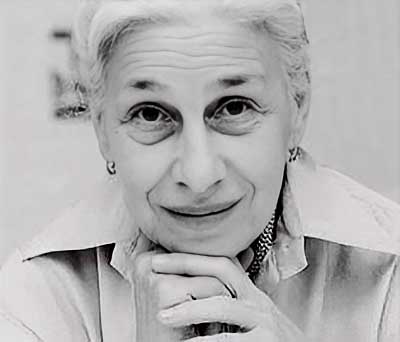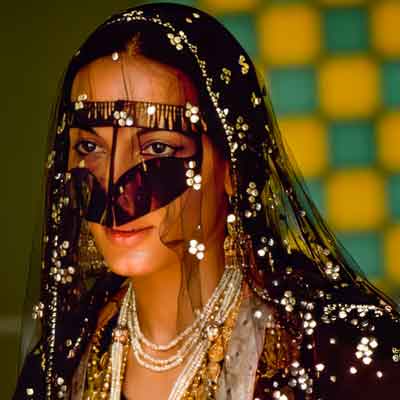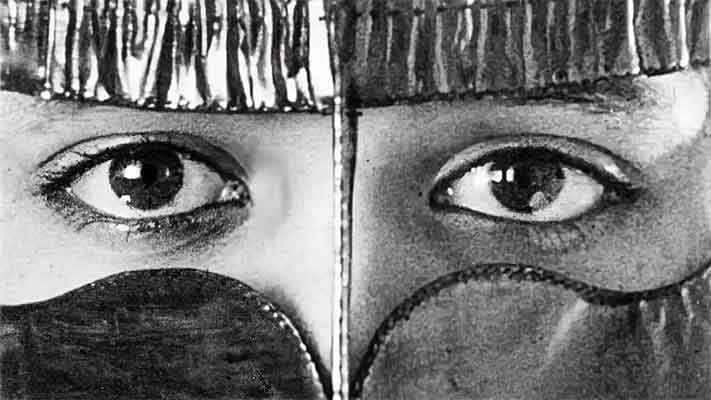

Eve Arnold 1912–2012
Eve Arnold was an American photojournalist
Although born in USA, Eve became a long term UK resident.
She joined Magnum Photos agency in 1951 becoming a full member in 1957.
Eve was the first woman to join the agency.
She frequently photographed Marilyn Monroe.
Eve Arnold, a Russian-American photographer, arrived in Dubai in 1970 on assignment for Magnum Photos, the leading photojournalism agency founded in 1947 by Henri Cartier-Bresson and colleagues.
The project, “Behind the Veil,” was to document Muslim women as they negotiated traditional mores and modern development.
Arnold’s documentation began in 1969 in Afghanistan, and subsequently included Egypt, Jordan and the Trucial States.

The photographs ran as two cover stories for Britain’s Sunday Times Magazine, and led to an even more ambitious project, a film for the BBC, also titled "Behind the Veil" (1972).
Eve Arnold’s friendship with the niece of the Ruler of Dubai, Sheikh Rashid bin Saeed Al Maktoum, provided unusual access during the filming in 1971
In the photographs, the thriving port along the Dubai Creek, with its Iranian and Indian businessmen, contrasts with the shanty villages of Baluch tribesmen.
From Bedouin encampments in Ras Al Khaimah to hotel construction along the Persian Gulf; from adult literacy classes to barber shops, Eve Arnold’s camera captured everyday life in a society undergoing rapid change.
A crenelated circular fortification, soldiers drilling past in formation; children and camels, migrant-workers and rulers – all inhabit her closely cropped images. Flush with vibrant henna reds, sea blues, glittering greens and oranges, they invite a closer look that may unsettle what at first glance appear to be glossy promotional images.
Indeed, Arnold’s photographs straddle both the commercial and documentary, and are geared primarily towards Euro-American viewership. Yet, they are also understudied historical objects that record the changing landscapes of cities such as Dubai and Abu Dhabi before anyone appreciated what was happening and what form change would take.
Arnold’s photographs from over fifty years ago evince the ambitions of the emerging nation, but also hint at the cost.
Rizvi, Kishwar. “Eve Arnold in the Trucial States: The United Arab Emirates before Federation.” PLATFORM, December 6, 2021.
Kishwar Rizvi is an architect, historian, Robert Lehman Professor in the History of Art, Yale University and editor at PLATFORM.
Eve Arnold’s photographs are now part of her papers at the Beinecke Rare Book and Manuscript Library at Yale University.
This webpage comprises extracts from Kishwar Rizvi's Paper - Len Chapman
In 1971 Eve made a film for the BBC called Behind the Veil.
The film documented the lives of women living in a harem in Dubai.
Here, Eve describes how she came to make the film and what she learned about attitudes towards women in the Arab world and in the West.

In my first encounters with veiled Muslim women I had been appalled at the draped bundles of cloth, which looked like giant motion picture film changing bags. It seemed such an insult to womankind. To my western thinking it meant that women were not to be trusted with their own physiognomy and bodies, the underlying thought being that other men would covet them. I wanted to know how these (to me) barbaric customs had arisen.
The answer I was usually given was that purdah was a loving protection, a forbidden place, a sacred place; that it grew out of desert tribal raids and the need to keep women from being stolen. The men I spoke to would quote the Koran: “The happiness of woman in paradise is beneath the soles of her husband’s feet.
Some of the women I spoke to shrugged and said that a woman whose husband does not guard her jealously feels herself neglected. The more sophisticated women cited the western model where often the older wives are discarded in divorce and the men take younger wives. In the Muslim world the older wives are not abandoned but given a place and protection within the harem system. They felt the pattern they had developed was more humane then ours. Also, they said, if a women was clever she could wield a lot of power with the husband, even within the harem system.

….The Monday after the harem story appeared in the Sunday Times I received two phone calls: one to ask me to make a film for the BBC and the other to ask me to make a film for NBC in America. I was flattered but said I had never made a film. The callers both said the same thing: they had tried to get into a harem, but to no avail. I had done so, they had not, therefore they were willing to gamble that I would be able to make the harem film. Who had they sent to make their films? Oh, their best men.
In the end the decision to make the film depended on being able to put together an all women crew. There were lots of leads, but they all turned out to be assistants or assistants to assistants. Whether this was due to the weight of the gear or the tradition of using men only, or because the unions didn’t want women, was hard to tell. Things are different now, but in 1970, while my more militant feminist friends were clucking about my going into the benighted medieval world of women in the East, I couldn't find four skilled experienced female technicians: lighting camera and assistant, sound and clapper loader.”
-Extract from Eve Arnold: in Retrospect (Knopf 1996)